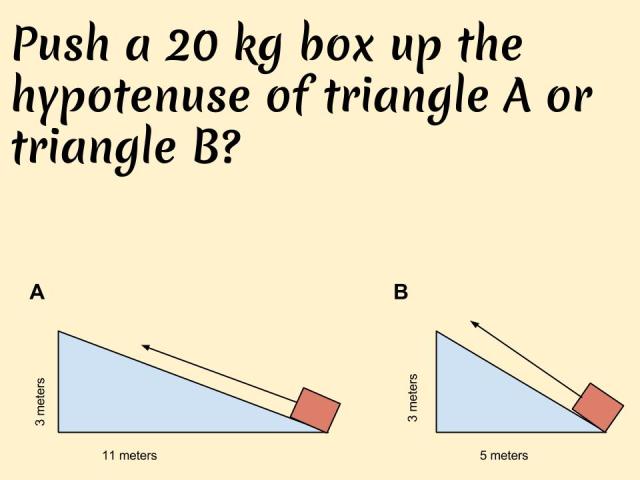I started a series of new warm ups for my MPM2D class today. My goal is to sneak in factoring as warmups throughout the semester. By the time we need to learn it (like when we need to factor to solve equations) we will have mastered it already. I also previously snuck in multiplying binomials when we tackled quadratic patterns as Mary Bourassa did in her 2D class.
So today I gave them this slide and said I want you to solve a puzzle!
They broke out their iPads and used the Algebra Tile app to put together the rectangle. The kids worked away and you could see them trying to put tiles in a way to make the rectangle

….and they soon found out that they had to fit a certain way!! 
On take up we made sure everyone had either my rectangle or a rotated version.
Then we did this one…..

After we were done I asked the class: “If the combination of squares and rectangles makes up the area, what are the dimensions of the rectangle?” They had a little bit of a hard time here, but finally could see the x + 4 and the x + 2 as the length and the width. I then wrote …
![]() And then I heard some “aaah”s. We had previously seen both versions of the quadratic expressions and discussed why the factored form helped us out quite a bit if we wanted to find the x-intercepts.
And then I heard some “aaah”s. We had previously seen both versions of the quadratic expressions and discussed why the factored form helped us out quite a bit if we wanted to find the x-intercepts.
We stopped there….It only took us 15 minutes. Tomorrow we will do a few more…..always writing the factored form after. I will also try to get students to notice efficient strategies to make the rectangles.
- Why did you put 4 x terms along the width and 2 x terms along the length?
- How does that relate to the number of singles?
Where I hope to go with these warm ups is to factor all types of trinomials:
- Perfect Squares
… and get this…
- Trinomials of the Type ax^2 +bx + c
- Completing the square too!!!!




We’ll be definitely working our way out of the app and onto paper with area diagrams…
I think working with these puzzles for the next few weeks first will give us a strong base when it’s time to factor to help solve equations and then complete the square. I think I’ll track all the warm ups we do like this and I’ll post them all!











































